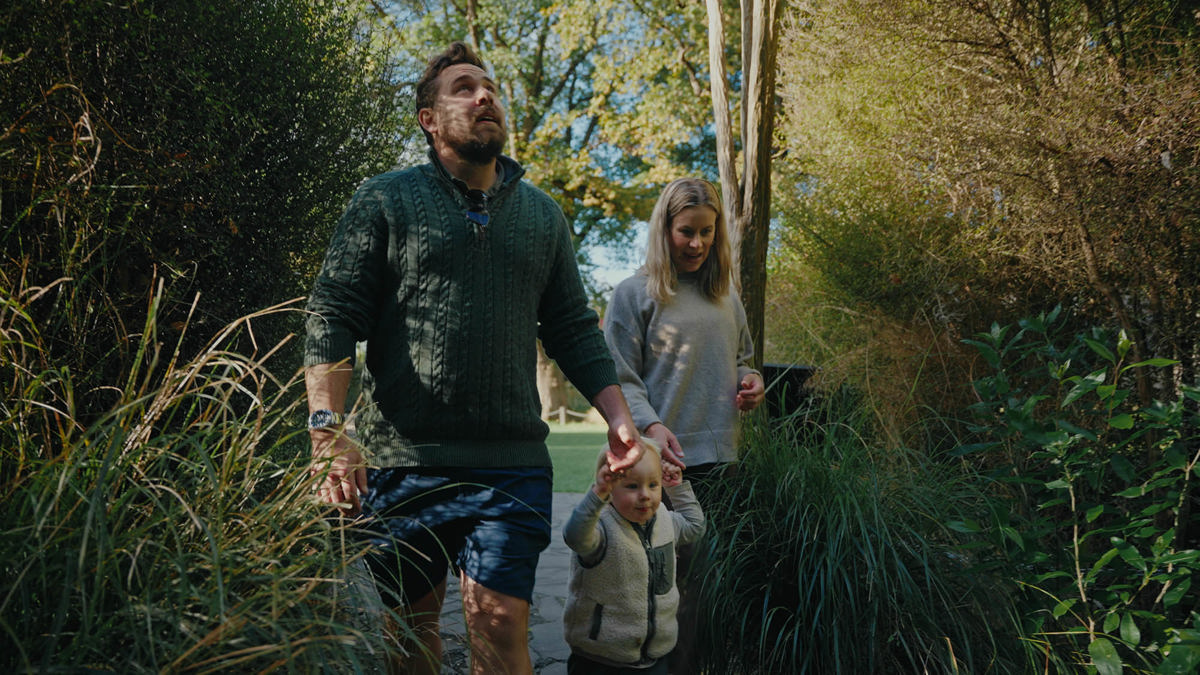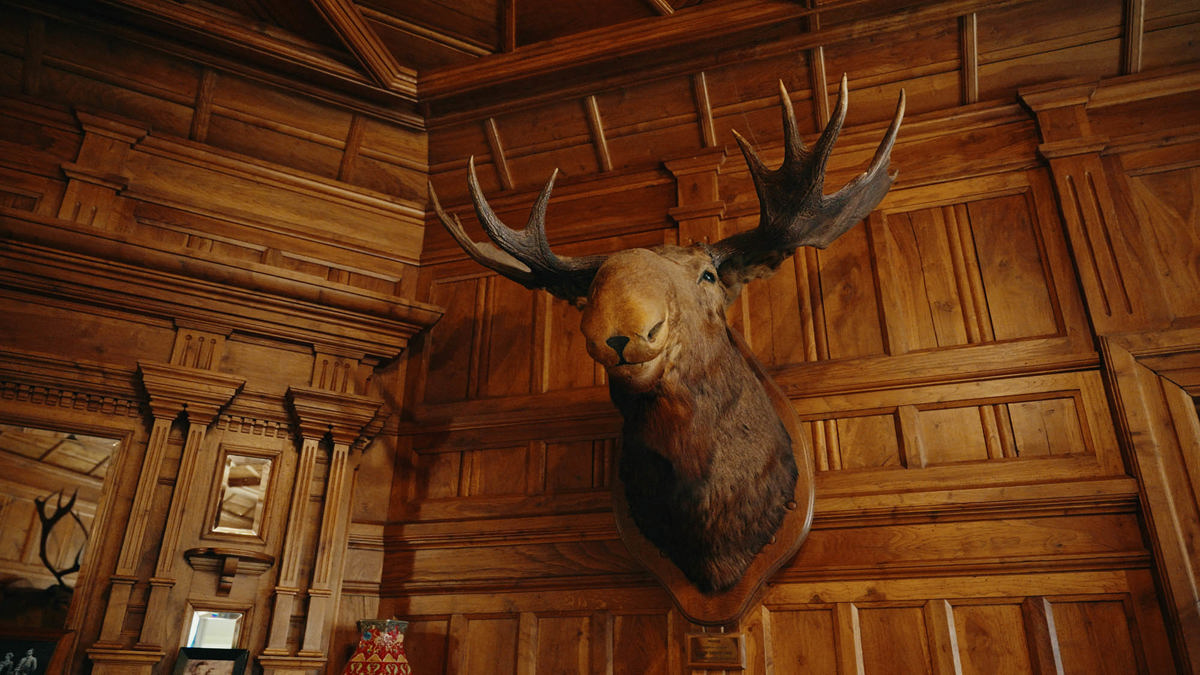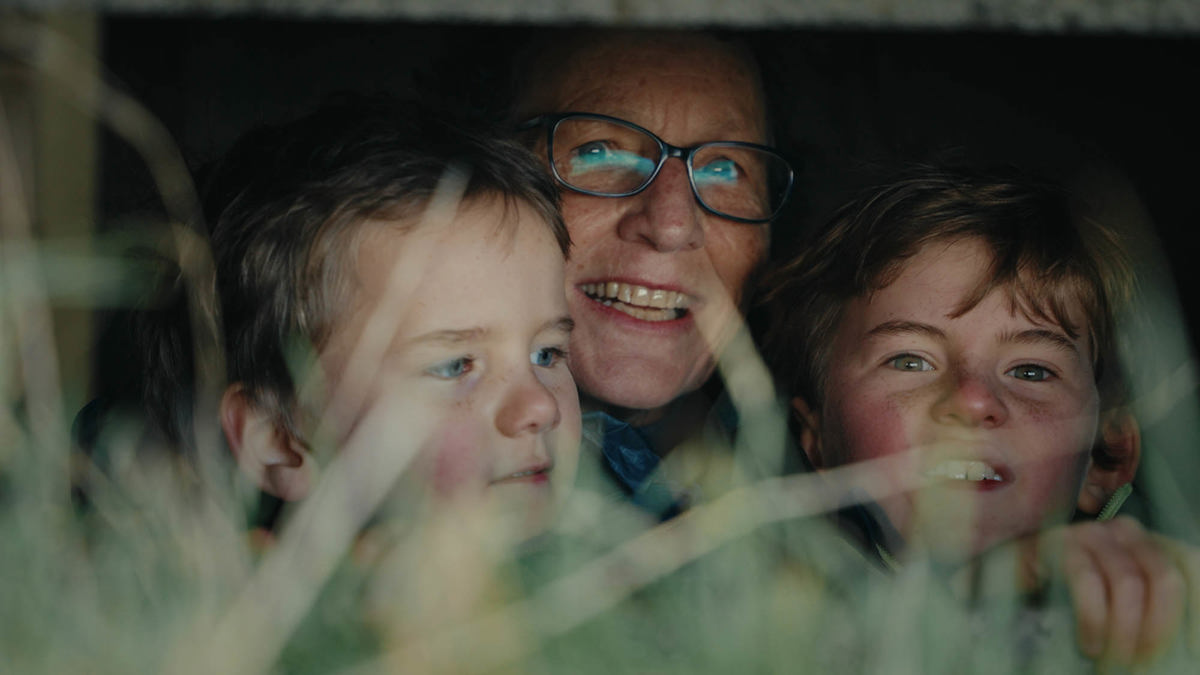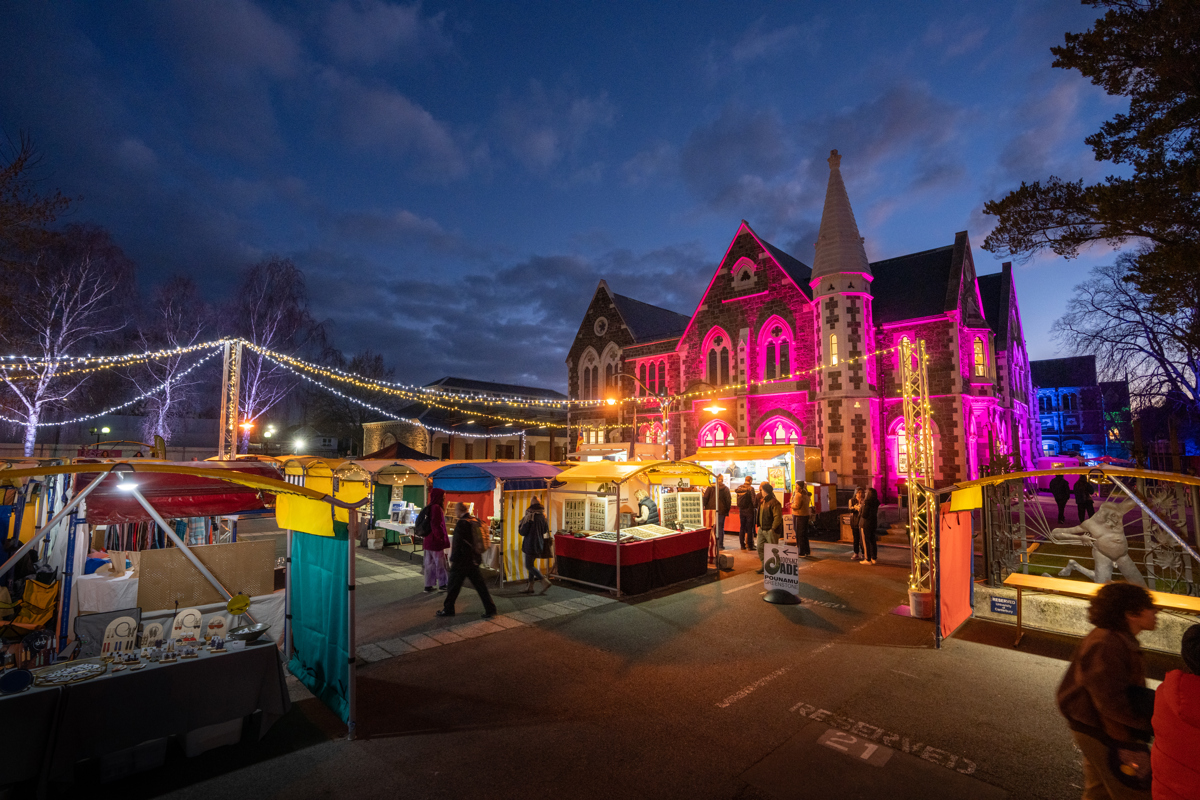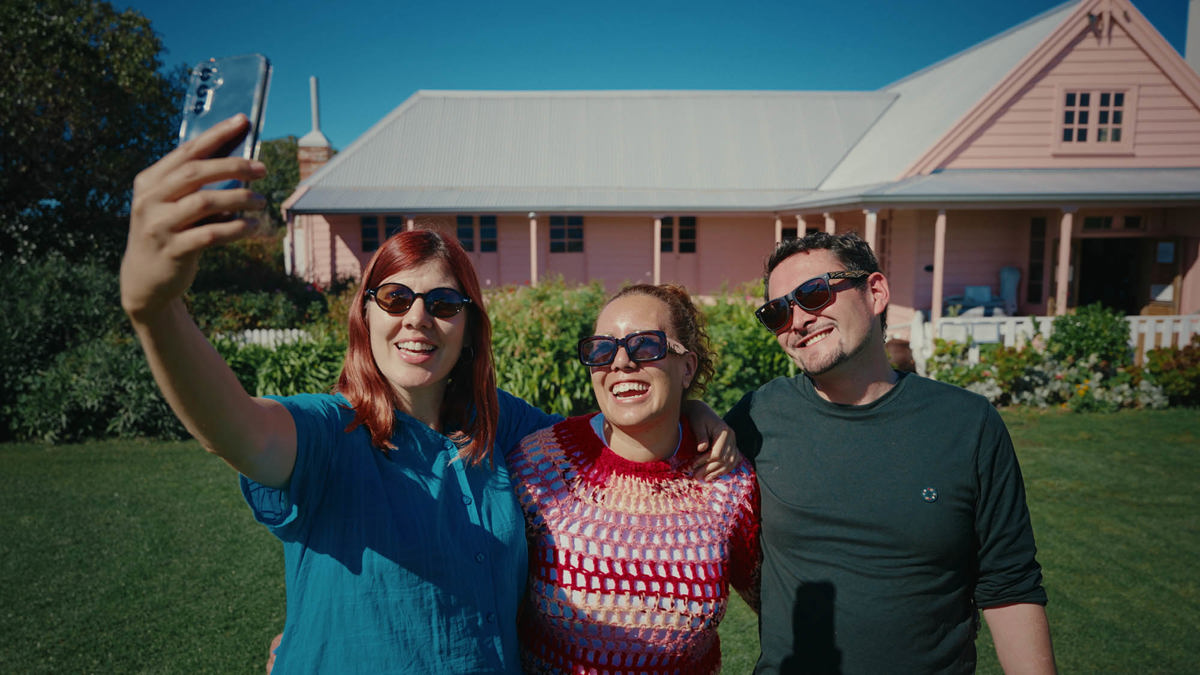Pūtaringamotu Riccarton House & Bush
Ancient trees, heritage homestead
Breathe in the history as you wander through Pūtaringamotu, a rare remnant of a centuries-old kahikatea swamp forest with deep connections to Ngāi Tūāhuriri. On the same site is Riccarton House, the grand home of early European settlers, the Deans family, which is open for tours and hosts a charming on-site restaurant. Pop in on Saturday morning for the weekly Christchurch Farmers’ Market.
View on mapThe story
Riccarton Bush, also known as Pūtaringamotu, has deep cultural ties to Ngāi Tūāhuriri. It is the remnant of a larger forest that was a kāinga nohoanga (place of settlement) and kāinga mahinga kai (food-gathering place). Māori gathered or caught species such as tuna (eels), kanakana (lamprey), harakeke (flax), āruhe (bracken fernroot), kererū (wood pigeon), korimako (bellbird), the South Island kākā and tūi. There are several interpretations of the name Pūtaringamotu; ‘the forest where the birds were cut’, ‘the place of the echo’, or ‘the severed ear’. This ngahere (forest) holds the stories, traditions and spiritual connections of mana whenua. It is the largest remaining section of ancient podocarp forest on the lower Canterbury Plains and Banks Peninsula.
Early European settlers, led by William and John Deans, established a farm and settlement on the site in the mid-1800s. Deans Cottage, built in 1846 with timber from Riccarton Bush, represents the enterprise’s humble beginnings. The Deans family faced tragedy when William drowned in 1851, and his brother John died from tuberculosis in 1854. John’s widow Jane was left with a small son and the estate to manage.
The grand homestead, Riccarton House was built in three stages (1856, 1874, 1900) for Jane Deans. The latest additions, designed by notable Ōtautahi Christchurch architectural firm, England Brothers, included the entrance hall, drawing room, ornate verandas and gables that give the house its grand appearance today.
The Deans family played a pivotal role in protecting the native bush for future generations. They gifted Pūtaringamotu Riccarton Bush to the people of Ōtautahi Christchurch in 1914. In 1947 the Christchurch City Council purchased Riccarton House.
Pūtaringamotu Riccarton House and Bush are cared for by the Riccarton Bush Board of Trustees.
See and do
Explore Pūtaringamotu Riccarton Bush, with its 600-year-old trees and lush native bush, via the flat accessible pathways. The sanctuary is free to enter and protected by a predator proof fence. The bush is home to native birds, insects and geckos, so keep an ear and eye out for kererū, korimako, pīwakawaka, and riroriro. Learn about the cultural and ecological significance of the bush and the conservation efforts to protect its biodiversity.
Visitors can experience the Deans family saga via a paid booked tour of Riccarton House. Your guide will reveal the stories and authentic family taonga (treasures) held in the majestic Victorian dining room, family nursery, rustic kitchen and charming Edwardian bedrooms.
Quarters Restaurant at Riccarton House is the perfect idyllic spot for lunch. On Saturdays, the vibrant Christchurch Farmers’ Market showcases local seasonal produce and artisan food businesses.
More information
